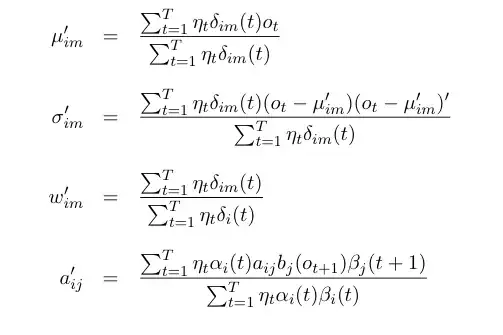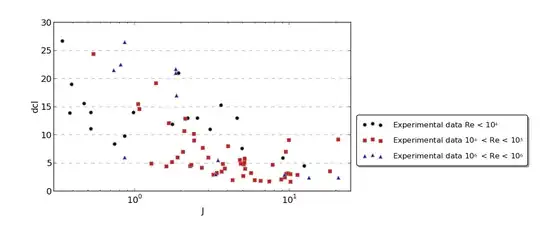Here is the data set I'm working with:
I'm trying to find the best possible multiple regression for R as dependent and the rest as independent variables.
Here's what I did in R:
> trainX <- as.matrix(spxdata[4:11])
> trainY <- spxdata[[3]]
> CV = cv.glmnet(x = trainX, y = trainY, alpha = 1, nlambda = 100)
Warning message:
Option grouped=FALSE enforced in cv.glmnet, since < 3 observations per fold
> plot(CV)
> fit = glmnet(x = trainX, y = trainY, alpha = 1, lambda = CV$lambda.1se)
> fit$beta[,1]
RE VOL260 VOL360 PE PX FCFY GADY NDE
0 0 0 0 0 0 0 0
And here's the CV plot:
Why is there a warning message and why are all the fitted coefficients zero?

